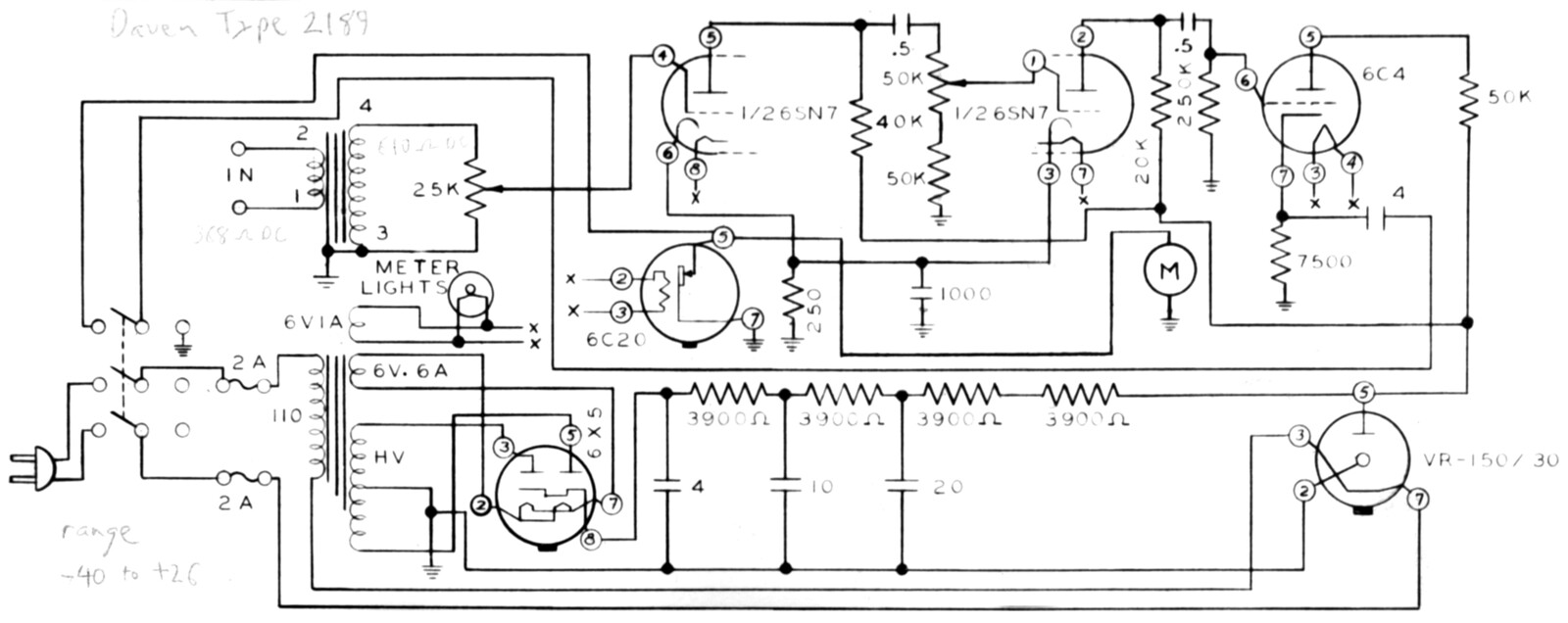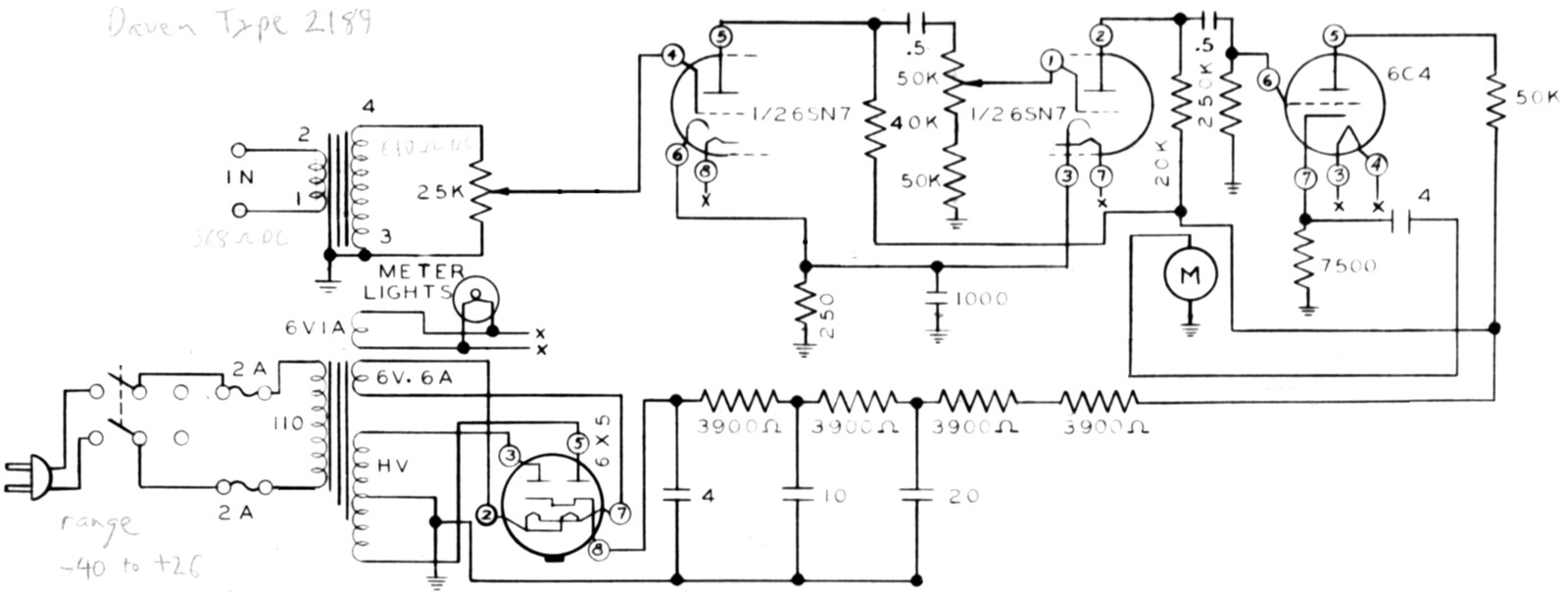Hi all…
I have been thinking about a design of a tube VU-meter buffer. I know that there are many well-functioning VU-buffers around OP-amps and all, but I really would like to learn how to do this with tubes if possible at all. There are a quite a few questions to be answered around this but still interesting to do a follow up.
First, as far as I know the need for buffers are reducing THD, proper needle response, avoid diode distortion and more, but would a tube solve these issues to the same extent as an OP-Amp for example? If not, what would the differences be?
I suppose low output impedance is desired, so a cathode follower around a 12AU7 is perhaps a suitable choice… with just slightly below unity gain I could split a triode if two VU-meters are desired and no gain needed. If gain is needed I guess a triode gain stage followed by the cathode follower could work?
A question that I have though is how to couple this tube topology to a balanced output of a tube preamp for instance? I mean the positive of the output transformer to the input of the tube but what about the negative of the output transformer? Does this work at all? Or is this technique just for unbalanced outputs?
I suppose an input transformer in front of the VU-buffer could work but now we are well exceeding the budget for this already somewhat dreamy project solution. I can accept a tube, preferably, in the mentioned “stereo” alternative.
Would other topologies with low output impedance work? Like a Mu-follower or a SRPP? To adjust gain I could perhaps just have a trim pot up front.
And last, how does the output impedance of the tube topology affect the value of the resistor, just before the VU-meter, usually 3k6 or 3k9 (depending on who you ask I suppose)?
I must mention that the meters that I am planning to use (can afford and find) are the Sifam AL series. The smallest one, the AL29 is apparently the one that has the behavior closest to “real” meters.
Best regards
/ John
I have been thinking about a design of a tube VU-meter buffer. I know that there are many well-functioning VU-buffers around OP-amps and all, but I really would like to learn how to do this with tubes if possible at all. There are a quite a few questions to be answered around this but still interesting to do a follow up.
First, as far as I know the need for buffers are reducing THD, proper needle response, avoid diode distortion and more, but would a tube solve these issues to the same extent as an OP-Amp for example? If not, what would the differences be?
I suppose low output impedance is desired, so a cathode follower around a 12AU7 is perhaps a suitable choice… with just slightly below unity gain I could split a triode if two VU-meters are desired and no gain needed. If gain is needed I guess a triode gain stage followed by the cathode follower could work?
A question that I have though is how to couple this tube topology to a balanced output of a tube preamp for instance? I mean the positive of the output transformer to the input of the tube but what about the negative of the output transformer? Does this work at all? Or is this technique just for unbalanced outputs?
I suppose an input transformer in front of the VU-buffer could work but now we are well exceeding the budget for this already somewhat dreamy project solution. I can accept a tube, preferably, in the mentioned “stereo” alternative.
Would other topologies with low output impedance work? Like a Mu-follower or a SRPP? To adjust gain I could perhaps just have a trim pot up front.
And last, how does the output impedance of the tube topology affect the value of the resistor, just before the VU-meter, usually 3k6 or 3k9 (depending on who you ask I suppose)?
I must mention that the meters that I am planning to use (can afford and find) are the Sifam AL series. The smallest one, the AL29 is apparently the one that has the behavior closest to “real” meters.
Best regards
/ John







